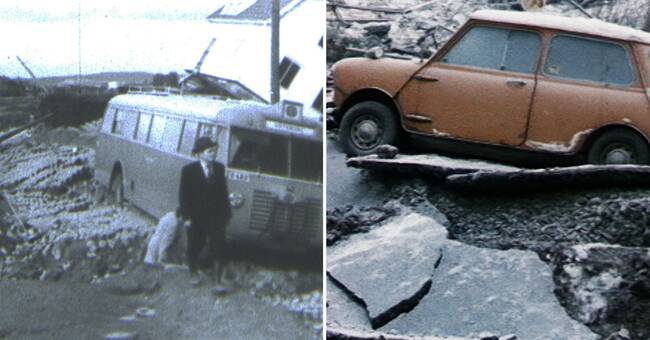The Swedish Geotechnical Institute (SGI) works to prevent landslides, landslides and beach erosion.
According to the experts SVT spoke to, the Norwegian landslide took place in mud.
It can happen in all areas that were under water when the ice sheet melted about ten thousand years ago, says geotechnician Stefan Turesson.
- It is typical that clay is found in coastal areas and in a belt through Götaland and Svealand in Sweden.
These are areas below the so-called Highest Coastline, which is the highest level the water had during or after the last ice age.
- This is what is popularly called the old lake bottom, says Turesson.
Risk of landslides
What was special about the clay in Norway is that it has the property called quick clay and that it is deposited in a salty marine environment.
- In Sweden, this marine clay is found mainly in western Sweden and in areas around Lake Vänern.
There is the greatest risk of encountering that.
Is it the same racial risk as in Norway?
- It is difficult to compare.
But precisely Göta Älv, Säveån in Västergötland and Norsälven in Värmland, SGI has mapped avalanche risks.
Getekniker Turesson says that the latest landslide in clay in Sweden occurred in November 2019 in Lökeberg between Marstrand and Kungälv.
- There are a number of areas that we map and work with, where landslides have occurred.
It can happen again in adjacent areas, he says.

